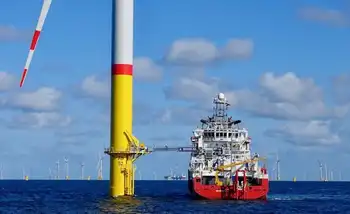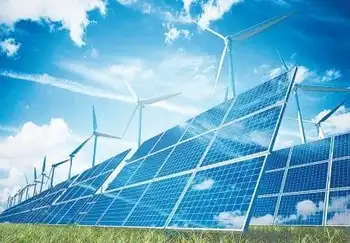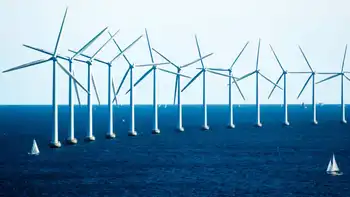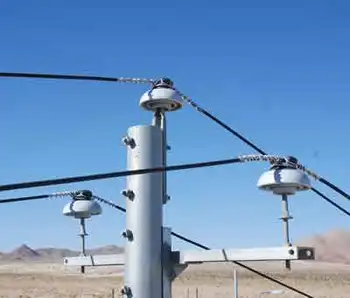After Quakes, Puerto Rico's Electricity Is Back On For Most, But Uncertainty Remains

NFPA 70e Training - Arc Flash
Our customized live online or in‑person group training can be delivered to your staff at your location.

- Live Online
- 6 hours Instructor-led
- Group Training Available
Puerto Rico Earthquakes continue as a seismic swarm with aftershocks, landslides near Pe�f1uelas, damage in Ponce and Guayanilla, grid outages from Costa Sur Plant, PREPA recovery, vulnerable buildings post-Hurricane Maria raising safety concerns.
Key Points
Recurring seismic events impacting Puerto Rico, causing damage, aftershocks, outages, and displacement.
✅ Seismic swarm with 6.4 and 5.9 magnitude quakes and ongoing aftershocks
✅ Costa Sur Plant offline; PREPA urges conservation amid grid repairs
✅ Older, code-deficient buildings and landslides raise safety risks
Some in Puerto Rico are beginning to fear the ground will never stop shaking. The island has been pummeled by hundreds of earthquakes in recent weeks, including the recent 5.9 magnitude temblor, where there were reports of landslides in the town of Peñuelas along the southern coast, rattling residents already on edge from the massive 6.4 magnitude quake, and raising wider concerns about climate risks to the grid in disaster-prone regions.
That was the largest to strike the island in more than a century causing hundreds of structures to crumble, forcing thousands from their homes and leaving millions without power, a scenario echoed by Texas power outages during winter storms too. One person was killed and several others injured.
Utility says 99% of customers have electricity
Puerto Rico's public utility, PREPA, tweeted some welcome news Monday: that nearly all of the homes and businesses it serves have had electric power restored. Still it is urging customers to conserve energy amid utility supply-chain shortages that can slow critical repairs.
Reporting from the port city of Ponce, NPR's Adrian Florido said the Costa Sur Plant, which produces more than 40% of Puerto Rico's electricity, was badly damaged in last week's quake. It remains offline indefinitely, even as grid operators elsewhere have faced California blackout warnings during extreme heat.
He also reports many residents are still reeling from the devastation caused by Hurricane Maria, a deadly Category 4 storm that battered the island in September 2017. The storm exposed the fact that buildings across the island were not up to code, similar to how aging systems have contributed to PG&E power line fires in California. The series of earthquakes are only amplifying fears that structures have been further weakened.
"People aren't coping terribly well," Florido said on NPR's Morning Edition Monday, noting that households elsewhere have endured pandemic power shutoffs and burdensome bills.
Many earthquake victims sleeping outdoors
Florido spoke to one displaced resident, Leticia Espada, who said more than 50 homes in her town of Guayanilla, about an hour drive east of the port city of Ponce, had collapsed.
After sleeping outside for days on her patio following Tuesday's quake, she eventually came to her town's baseball stadium where she's been sleeping on one of hundreds of government-issued cots.
She's like so many others sleeping in open-air shelters, many unwilling to go back to their homes until they've been deemed safe, while even far from disaster zones, brief events like a Northeast D.C. outage show how fragile service can be.
"Thousands of people across several towns sleeping in tents or under tarps, or out in the open, protected by nothing but the shade of a tree with no sense of when these quakes are going to stop," Florido reports.











